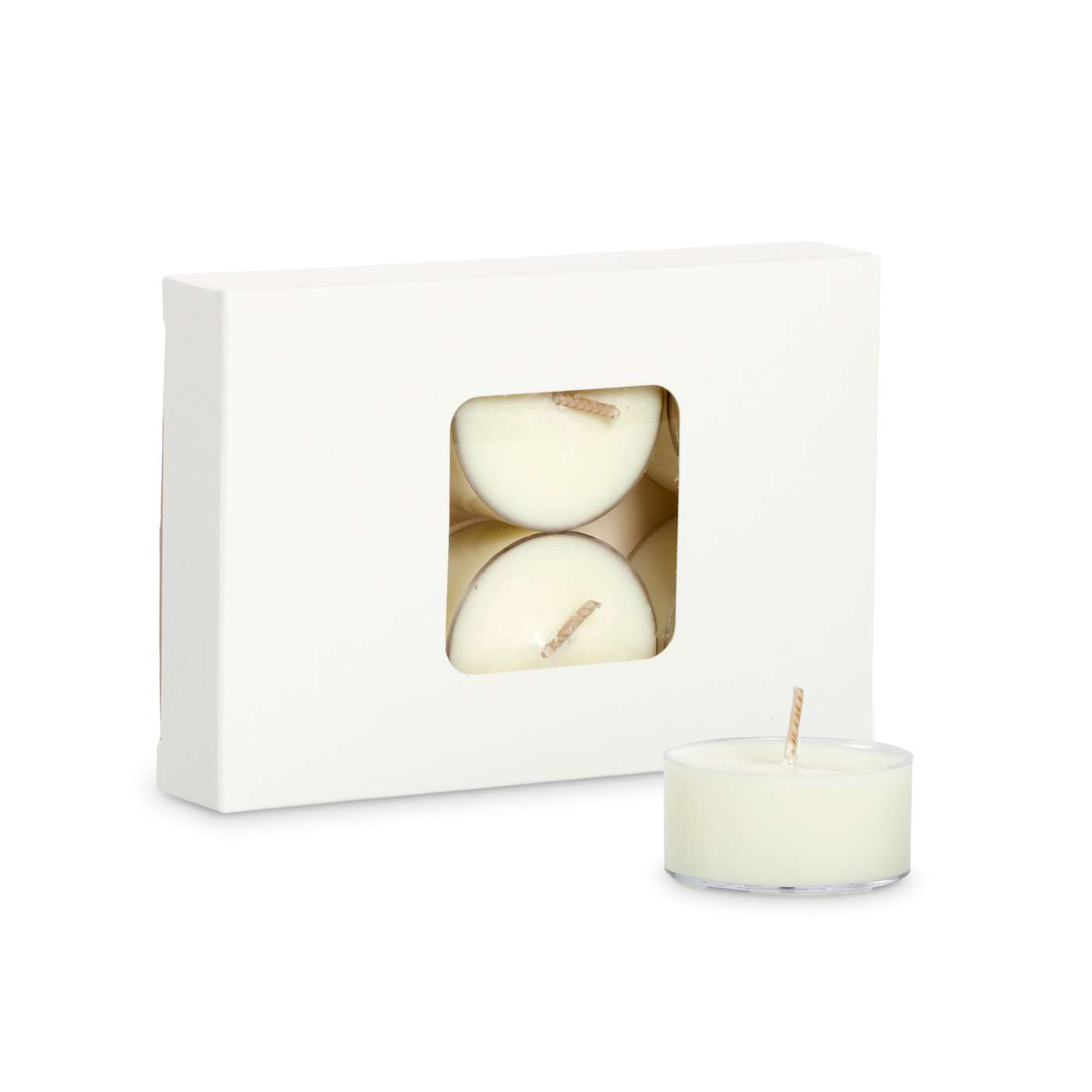Shop Sustainable Soy Wax Candles and Home Fragrance Collections
Shop Sustainable Soy Wax Candles and Home Fragrance Collections
Blog Article
From Wick to Wax: Comprehending the Chemistry Behind Soy Wax Candles and Their Ecological Influence
As we brighten our rooms with the cozy glow of candles, there exists a realm of complex chemistry behind the relatively easy act of lighting a soy wax candle. The option between soy and paraffin wax extends beyond simple looks, diving right into the world of ecological influence and the really structure of the products. Recognizing the molecular structure of soy wax and its combustion procedure loses light on the emissions released right into our surroundings. Join us as we decipher the clinical details behind soy wax candle lights and discover their implications on our environment.
Soy Wax Vs. Paraffin Wax
When contrasting soy wax and paraffin wax for candle light making, it is important to comprehend the distinct characteristics and advantages of each product. Soy wax is a natural, eco-friendly source stemmed from soybean oil, making it environment-friendly and naturally degradable - soy candles. In contrast, paraffin wax is a by-product of petroleum refining, which raises problems concerning its ecological influence and sustainability
Soy wax candle lights melt cleaner and give off less residue compared to paraffin wax candles, making them a much healthier choice for indoor air quality. Furthermore, soy wax has a reduced melting factor, enabling for a longer-lasting candle light that disperses scent better. Paraffin wax, on the various other hand, often tends to burn faster and less easily, potentially releasing damaging chemicals into the air.
From a sustainability viewpoint, soy wax is favored for its biodegradability and renewable sourcing, aligning with the growing consumer choice for eco mindful products. While paraffin wax has actually been a typical choice in candle light making because of its affordability and simplicity of usage, the change in the direction of eco-friendly choices like soy wax is getting momentum in the sector.
Chemical Make-up of Soy Wax

Combustion Process in Soy Candles
The chemical structure of soy wax straight influences the combustion procedure in soy candle lights, impacting aspects such as burn time, fragrance release, and environmental impact. When a soy candle is lit, the heat from the fire melts the wax near the wick. This fluid wax is then prepared the wick because of capillary action. As the liquid wax gets to the fire, it goes through and evaporates combustion. The combustion process involves the vaporized hydrocarbons in the wax reacting with oxygen airborne to create warm, light, water vapor, and carbon dioxide.
The burning effectiveness of soy candle lights is influenced by the purity of the soy wax and the high quality of the wick. Furthermore, soy wax candles have a lower environmental effect contrasted to paraffin candles due to their renewable and naturally degradable browse around this site nature.
:max_bytes(150000):strip_icc()/SPR-types-of-Candle-Wax-5323778-hero-e4277e76885049a28707749d892fe592.jpg)
Ecological Advantages of Soy Wax

Thought about a sustainable choice to standard paraffin wax, soy wax provides significant environmental advantages that make it a preferred choice amongst eco-conscious consumers. One substantial benefit of soy wax is its renewable sourcing. Soy wax is stemmed from soybean oil, which is predominantly cultivated in the United States. The growing of soybeans assists sustain local farmers and decreases the dependency on non-renewable fossil fuels utilized in paraffin wax manufacturing. Furthermore, soy wax is eco-friendly, suggesting it damages down normally without releasing harmful toxic substances into the environment. This particular makes soy wax candle lights a much more eco-friendly choice compared to paraffin wax candles, which are made from petroleum, a non-renewable source. Additionally, soy wax burns cleaner and creates less soot than paraffin wax, adding to better indoor air quality and lowering the demand for cleansing and upkeep. In general, the ecological soy candles advantages of soy wax align with the growing need for eco-friendly and sustainable products in the marketplace.
Recycling and Disposal Factors To Consider
Reusing and correct disposal of soy wax candles play a critical role in maintaining environmental sustainability and lowering waste in neighborhoods and households. When it comes to recycling soy wax candles, the first step is to guarantee that the candle light has melted totally.

In regards to disposal, if recycling is not an option, soy wax candles are eco-friendly and can be safely disposed of in many family waste systems. Nevertheless, it is constantly suggested to inspect with neighborhood reusing facilities or waste management services for certain standards on candle disposal to ensure proper handling and ecological protection.
Conclusion
In final thought, the chemistry behind soy wax candle lights reveals their environmental benefits over paraffin wax candle lights. Soy wax, obtained from soybean oil, burns cleaner and creates much less soot when click reference compared to paraffin wax.
When contrasting soy wax and paraffin wax for candle making, it is important to recognize the distinct attributes and advantages of each product (soy wax candles).Soy wax candles burn cleaner and produce less soot compared to paraffin wax candles, making them a much healthier selection for interior air high quality.Taken into consideration a sustainable choice to standard paraffin wax, soy wax provides remarkable ecological advantages that make it a popular choice amongst eco-conscious consumers. Soy wax burns cleaner and creates less soot than paraffin wax, adding to much better indoor air top quality and minimizing the need for cleansing and upkeep.In final thought, the chemistry behind soy wax candle lights discloses their ecological benefits over paraffin wax candle lights
Report this page